[*spoilers throughout]
I’ve been following Oni Press’s HELHEIM since it started and have been impressed with it all along, but some of the plot elements have finally started emerging that make it not only an interesting story, but a very promising one for a longer run. HELHEIM follows the life, death, and undead life of central man-creature Rikard, who, heroic in life, becomes something of an owned creature once resurrected by his former lover, Bera the Witch. The ambiguities in the plot began to surface as early as issue #1, when the beautiful Bera comes under seemingly unjust fire from her clan for being a witch, but readers are encouraged to applaud her ability to bring the noble Rikard back from the dead to defend his people against demonic beings serving an even more powerful rival witch.
By issue #2, Rikard is engaged in defending his people, but then is sent on a shockingly brutal mission to kill the demon-wielding witch, her family and kinfolk. Is he nothing more than a robot? If he’s just a savage tool, the story would become a little less interesting. Issue #3 proves that writer Cullen Bunn has some deep thoughts about the future of the series. Rikard begins to show psychological development, free will, and a questioning attitude toward this rivalry between two witches that have left a multitude of civilian dead in their wake. There are also several winning homage moments to the Frankenstein motif that resonates throughout this Viking tale when Rikard continually needs stitching back up after fights and finds a young girl who’s not too afraid of his monstrous state to offer him advice.
The artwork in HELHEIM, by Joelle Jones, with stunning colors by Nick Filardi, has always been a big selling point. It’s romantic in an old epic sense without being sentimental. There are plenty of sharply angled edges and and a confident rendering of unforgiving landscapes to create an ethos of suspense and struggle in HELHEIM’s hostile world. Jones’ art is perfectly matched with Filardi’s cool tones to create a memorable sense of the personality of the story-world at hand. Layouts are never repetitive and give you enough space and time to take in the quality of individual panels for their visual impact. It’s an excellent development that the writing is pushing the envelope on expectations and proving as intriguing and nuanced as the artwork.
It’s no surprise that Eisner Hall of Fame honoree, artist Richard Corben, is continuing to turn out highly crafted and memorable comics, now with THE FALL OF THE HOUSE OF USHER from Dark Horse. His previous Poe offerings have all been remarkable in their own ways, conjuring the southwest in CONQUEROR WORM, for one. But USHER, a story which he admits has been told many, many times in many mediums (even previously by him!) posed Corben a particular challenge in finding a unique approach. USHER is a far cry from WORM in every single panel. While we wouldn’t have minded more of the same from Corben, USHER feels like a truly singular work and easily convinces you that you don’t know this famous story.
There’s a real tension in his choices that builds drama and creates a subtle sense of horror waiting at every turn. To do this, surprisingly, he breaks with all sense of gothic sentimentality and the beloved visual tropes of a horror story. The story opens, like any good Usher adaptation, in a creepy, swampy wood, but it’s as if Corben compresses all the gothic elements of Poe’s story into the first couple of pages as Roderick, seeking his friend Usher’s house, stumbles upon corpses and tombs, only to wake again in a sunny world where it all seems like a dream. In fact, Usher even refers to a flood that preceded Roderick’s arrival, whereas a flood concludes the traditional Poe narrative. There’s a continuing sense in the plot of Corben’s USHER that it’s a tale being told backward, or at least rearranged into an order that defies seeing around the next corner of the story, as Usher’s sister Madeline is introduced early on rather than gradually, in strange servitude to her painter-brother. This is only the first part of the USHER story from Corben, however, making the sense of anticipation he builds that much the more effective.
The brightly-lit quality of Corben’s art and color choices actually create the creepy factor in his story. He also uses the sense of light to great effect by giving the characters a sculptural quality (and in the additional material to the comic, Corben actually explains that he used sculpture models for his characters). 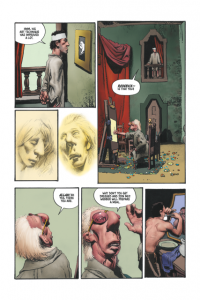
HELHEIM #3 and THE FALL OF THE HOUSE OF USHER are likely to attract your attention, initially, because of the great artwork, but you’re just as likely to be impressed by the stories they tell and the versatile grip they have on visual narrative techniques. These are qualities that Oni and Dark Horse certainly strive for in their comics, and it’s impressive when they keep reaching that difficult standard through allowing excellent creators to pursue their own unique sense of vision in their work.
Title: HELHEIM #3/Publisher: Oni Press/Creative Team: Cullen Bunn, writer/Joelle Jones, illustrator/Nick Filardi, colorist/Ed Brisson, letters
Title: EDGARD ALLAN POE’S THE FALL OF THE HOUSE OF USHER/Publisher: Dark Horse/Creative Team: Richard Corben, adaptation and art/Nate Piekos of Blambot, letters
Hannah Means-Shannon writes and blogs about comics for TRIP CITY and Sequart.org and is currently working on books about Neil Gaiman and Alan Moore for Sequart. She is @hannahmenzies on Twitter and hannahmenziesblog on WordPress. Find her bio here.


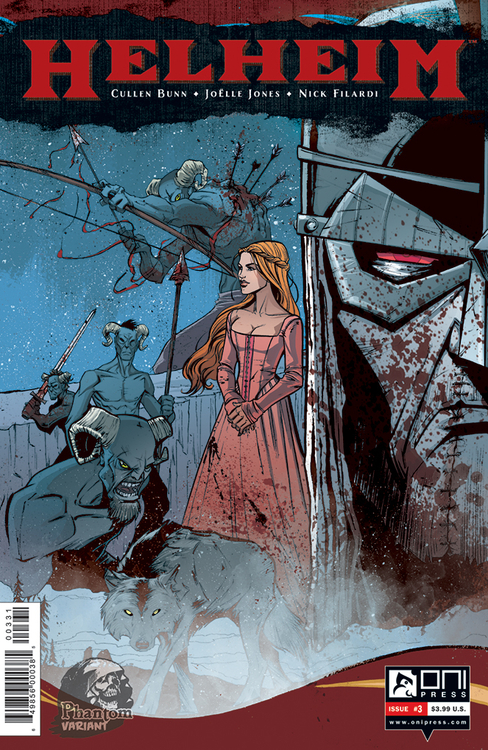
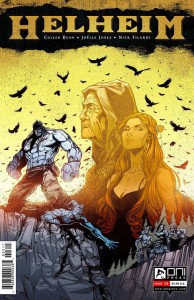
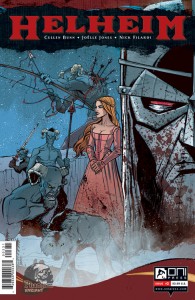
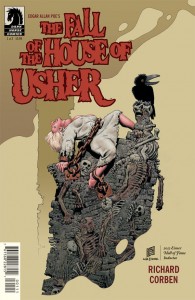
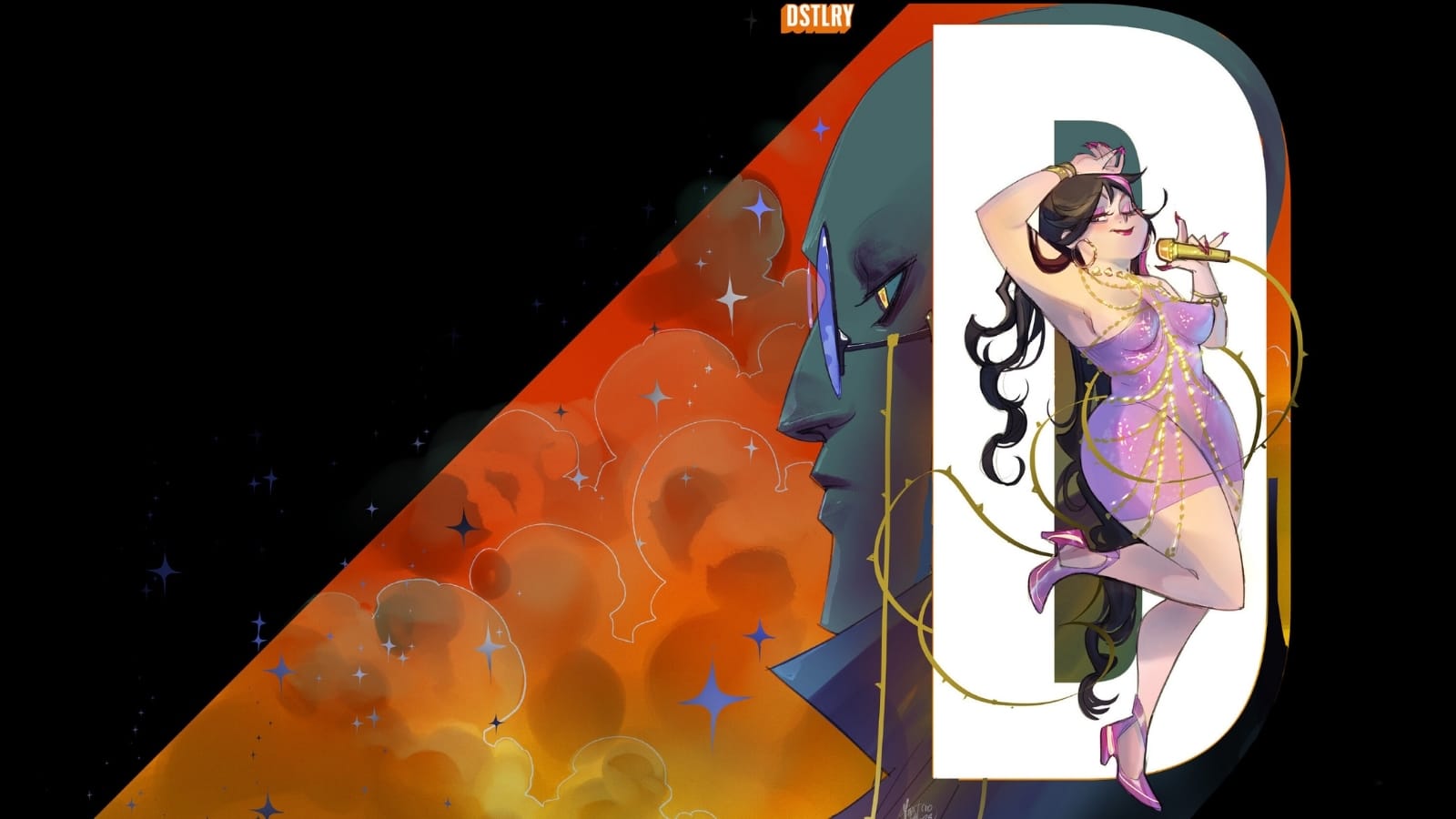

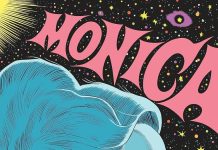
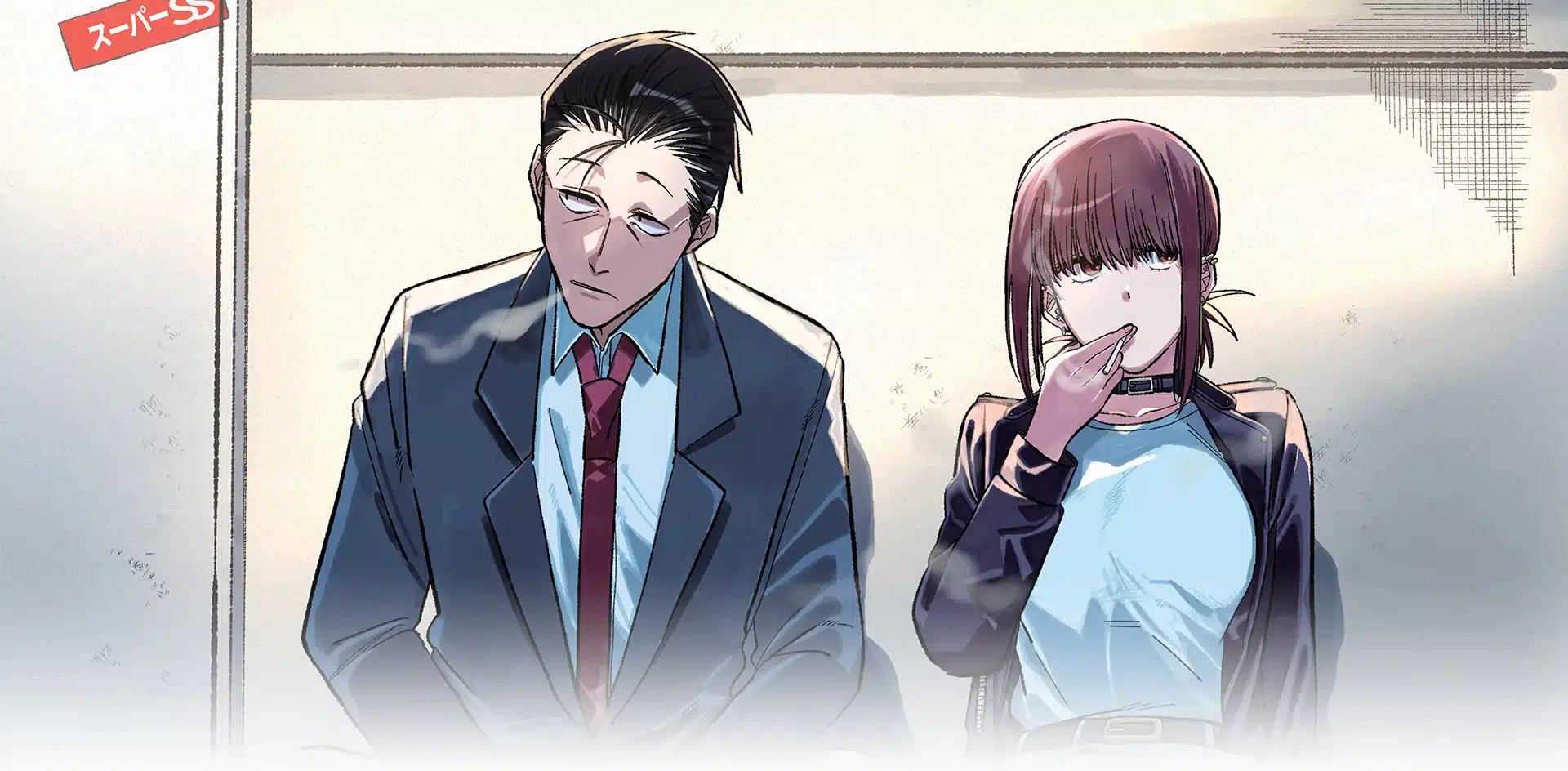

Thank you very much for liking our services. We are trying to provide best quality service whereas price is affordable.
Comments are closed.